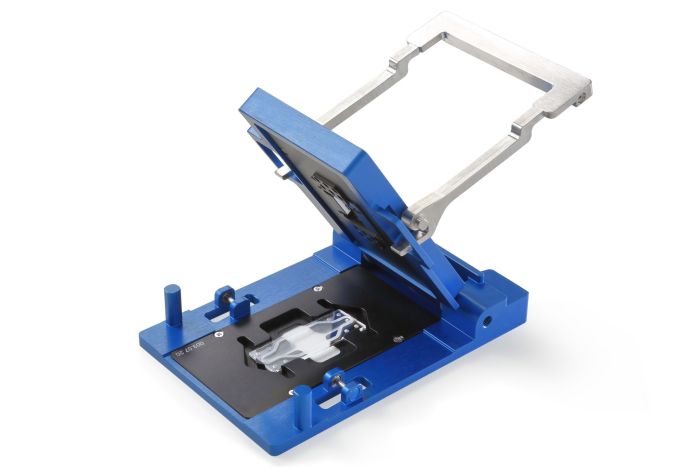shopping_basket
Fluidic Connect Pro chip holder - topconnect - for organ-on-a-chip (OOC)
SKU
11000750
Availability:
check_circle In stock
$2,493.73
per Kit
Easy interfacing for OOC chips.
Fluidic Connect Pro chip holder for organ-on-a-chip (OOC). Ready to use all Micronit OOC chips. The Load 'n' Seal design ensures tight connections without breaking your chips. Together with the , that contains the tubing and the perfluoroelastomer ferrules, you have the best solution for all the organ-on-a-chip devices in the webstore.
Note: Never use ferrules from a different supplier this will cause leakage or can damage the chip.
Features and Benefits:
- Fast, easy and robust fluidic connections
- Future proof, thanks to replaceable inserts
- Durable design
- Smart sealing solutions to prevent chip cracking
- Large chip view area possible
- Compatible with upright and inverted microscopes
Kit contents
- Casing
- Fluidic Connect Pro Frame
- Top insert (premounted)
- Bottom insert (premounted)
- Spare screws
- Screwdriver
- USB stick
- Instruction Manual
| Unit of measurement | Kit |
|---|---|
| Holder concept | Fluidic Connect Pro |
| Holder sub-type | Organ On Chip - Single slot |
Customer Questions
We found other products you might like!
- OOC setup (no pumps included)
From $4,869.10
To $9,515.41


